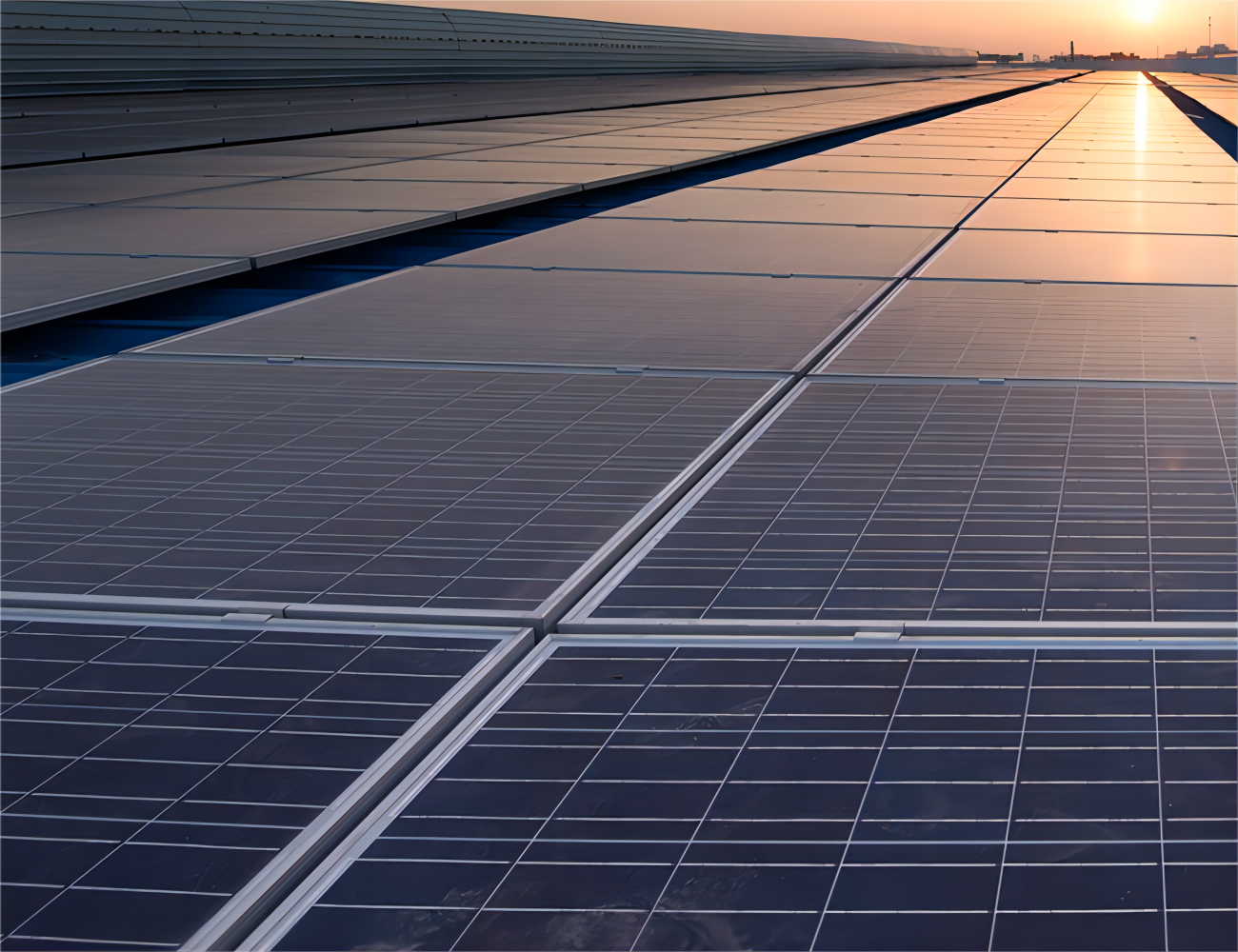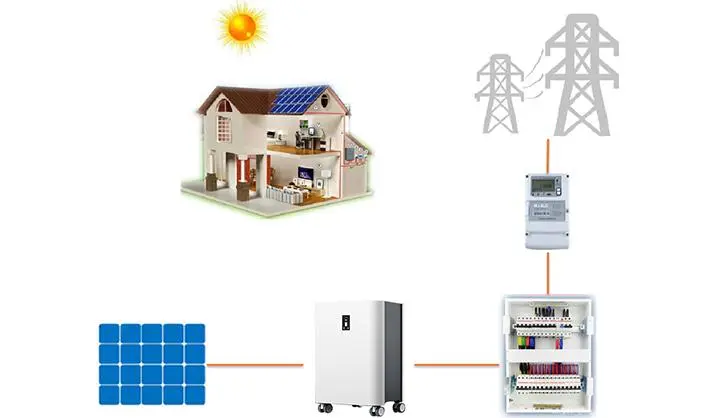-
+86-13287028881
-
joymeetrade@gmail.com
“How Solar Panels Generate Energy and Factors Affecting Production”
With the increasing electricity bills, numerous homeowners and businesses are embracing solar panels to reduce energy expenses. Solar panels are an impressive and effective solution for generating electricity while lessening reliance on utility companies. Additionally, in certain instances, you might even have the opportunity to sell surplus energy back to a utility company, providing you with even more savings. Embracing solar power is a bright and promising move!
Before investing in a solar system, it’s essential to understand how solar panels produce energy, influenced by factors such as daily sunlight exposure.

How much energy do solar panels produce?
The energy generated by solar panels is measured in kilowatt-hours. Solar panels produce between 250 and 400 watts of power per hour. A single solar panel has the potential to make up to 2 KWH of electricity daily. A 10 kW solar panel system can generate between 12,000 and 14,000 kWh of electricity annually. The energy output of a solar panel system is subject to variation based on the manufacturer, the specific type of solar panel, and the scale of the installation.
Typically, the amount of electricity a solar panel produces will be next to the panel name in the quote. For example, the Solaria PowerX™ 400W panel produces 400 watts of power. Remember that solar panel manufacturers measure output in an ideal environment, i.e., with strong direct sunlight and no obstructions. Your solar output may be below the specified value, depending on where and how you set it up.
What affects the production of solar panels?
Each solar panel installation generates a different amount of electricity. Several factors affect the power generation of solar panels, including the following.
- Panel size: Solar panels typically contain 60 or 72 cells, with larger 72-cell panels generally producing more power.
- Duration of sunlight: The more intense the panel receives, the more electricity it generates. Solar panels generate less electricity on cloudy days or in winter due to shorter daylight hours when the sun is less intense than in summer.
- Solar panel types: Solar panels come in three main types: single crystal, polycrystalline, and thin film. Each type varies in efficiency, which measures how much energy the panels can produce from the sunlight they receive. Single-crystal solar panels are usually the most efficient, reaching more than 20% efficiency.
- Number of panels: The larger the solar installation, the more electricity it generates. The size of your solar array depends on how much solar panel space you have.
- Panel orientation: Set the solar panels to get as much direct sunlight as possible. Avoiding obstacles such as shade from trees, other buildings, or rooftop installations helps improve their efficiency.



